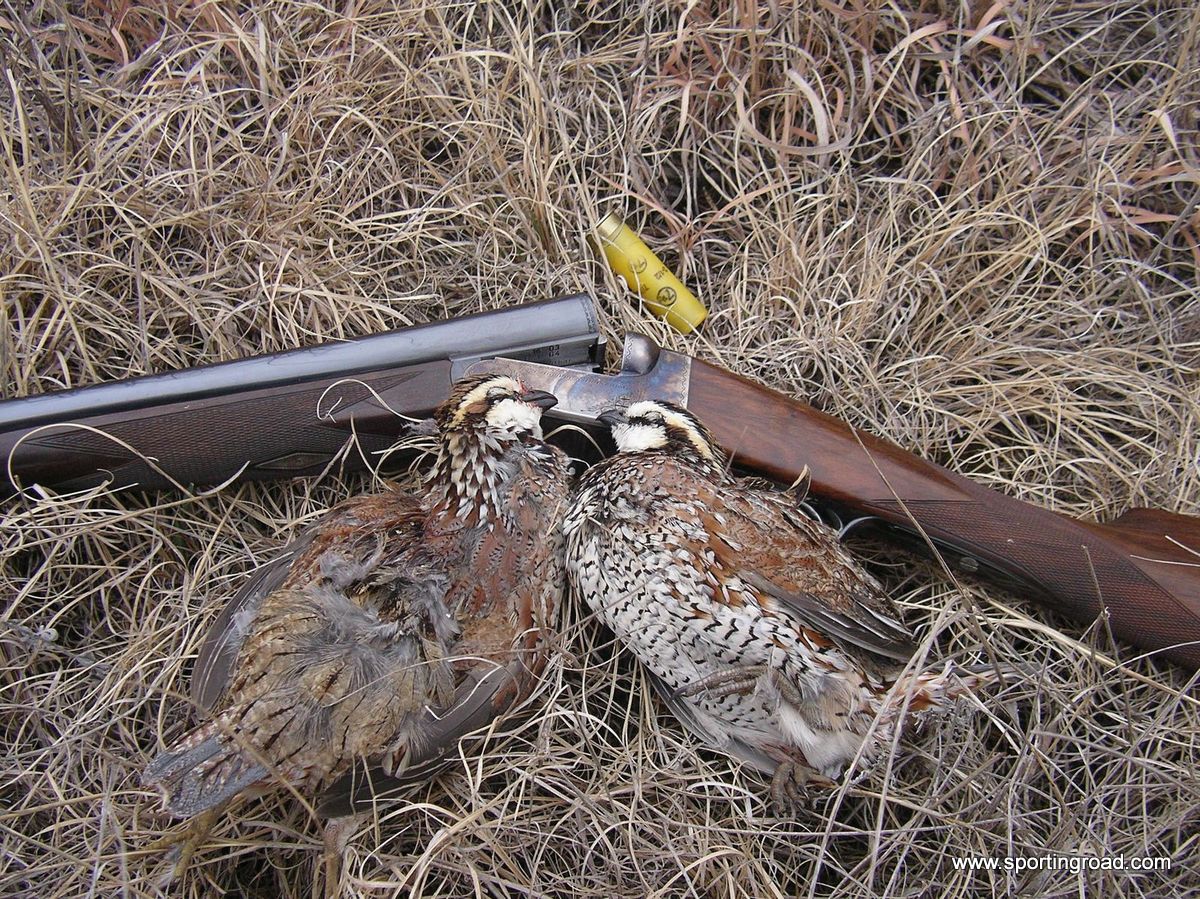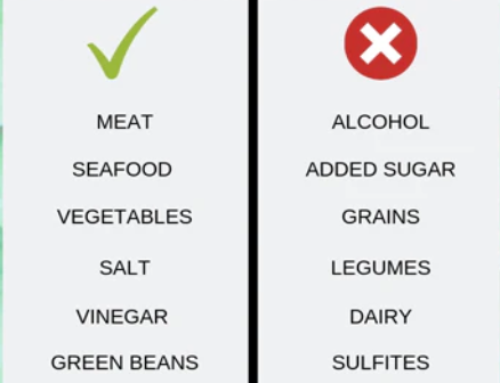Gaminess is a level of intensity, from the feed and wildness of game being pursued by predators instead of being confined, that can be raised or lowered in cooking. There is discussion among game aficionados that focus on how long game birds should be hunt or left to relax before being sufficiently tenderized. Temperature is critical and it is best to hang game where the temperature does not fluctuate such as in a cold room, with a reasonable movement of air, away from flies. Pigeons, ducks, and snipe do not seem to benefit from hanging. Being raised in America, I have to confess that I cringed a bit when I initially encountered the way that they hung game birds for aging in France. Hanging pheasants and grouse in the feathers for days (or even a week or two) didn’t seem to comply with our modern standards of food hygiene and with bacterial contamination being nearly a daily feature in our newspapers even from FDA approved facilities.
Oh I know that old books go on about sublime flavor “high game.” But the French have it right and the rest of Europe and England nearly always follow this method as well. While hanging, the natural enzymes begin to act on the fibers of the muscle meat, making them more relaxed and tender.
When you think about it, it makes sense. Try eating a cow (or any big game animal) the following day after it is harvested—it’s nearly inedible, tough and chewy. The carcass is hard and stiff, if you try to cut the meat at this point in time. But even a few days of dry-aging it, allows the rigamortis which sets in immediately after killing the animal to relax and the muscles to rest. Some call it “resting game” for this reason and is a far better description than “hanging.” The hanging doesn’t do anything, but the resting makes all the difference. With resting, the meat’s flavors concentrate and the meat becomes tender.
The meat will also begin to lose moisture as it hangs. Paradoxically, this improves its qualities when cooking, as water expands during the temperature rise involved during cooking, stretching the fibers of the meat and then leaching out between those fibers, especially during carving. For supermarkets, weight is money, and most have gone away from the glory days of hanging beef for three weeks, because of this reason alone, instead now favoring vacuum packing.
Domestically raised chickens do not benefit from hanging because young animals are already tender (think of the velvety texture of veal), so aging isn’t needed, but take an old barnyard rooster and a few days of aging will greatly improve his countenance for the table. I even allow quail to rest, which does nothing to improve it’s already fine texture, but it does allow a bit of the flavors to improve. The birds become something different in taste than domestic chicken.
I usually rest my birds in a refrigerator for this purpose in the garage. All right, it holds beer, soda and other beverages in it as well, so it isn’t just for resting game birds, but my wife doesn’t mind the birds lying around in the feathers on the bottom shelf for 3-10 days. It also controls the proper temperature for aging better than our garage in general, which fluctuates wildly here in our country from daytime to nighttime.
Our daughter is 6-years old and has been raised in the field, on horses, waiving rods in rivers, and on the polo grounds. On Thanksgiving morning, I went to the resting refrigerator last night to get my four, hard-earned with boot leather, scaled-quail out from this past Saturday’s shoot. There were only three birds and they had been moved to make way for a frozen turkey to defrost. I yelled at my wife, “Where’d you put my other quail?” She said, “I didn’t touch your damned quail.” I thought twice whether my question was a bit too adversarial, and upon thinking upon the miles spent walking to get them, replied, “Yes, you did, you must have moved them to put in the Thanksgiving turkey and now there’s only three there on that shelf in the larder.” She reiterated, “I didn’t touch your damned quail.” Turns out, our daughter was excited to have gotten the turkey out of the freezer and into the fridge for the day, and she observed all of this, and stayed in the garage to play around. I looked around the fridge to see if it had fallen behind some other items or was mistakenly put in a drawer. No missing quail. Then I saw a cardboard box left next to the fridge with a towel carefully placed over the box. I uncovered the box and, to my surprise, found my missing quail, which appeared to be resting quite comfortably. I asked my daughter why she had done that and she replied, “Because he’s cute and he likes resting better like this.” We then cleaned the birds and she helped batter all the pieces for frying. 
While some used to hang for a month, in my experience, anything over 10 days is too much. About 3 days is plenty for young birds or mild flavors such as quail or dusky grouse. Sharp-tailed grouse, prairie chickens and pheasant, I like to age for 3-7 days at 40-50 degrees F. Obviously, you don’t age birds which are badly shot. The feathers provide protection for the skin against drying out during aging. Pluck the feathers right away upon removing them from the resting place. You find the birds very easy to pluck. The birds should not smell and the innards should still smell as they do when the birds are freshly harvested.
You must dry-pluck rested birds, as wet-plucking does not work and is unnecessary. Or you can skin the birds if you prefer. To pluck, just take up a whole bird in hand and with the other hand, using your thumb and forefinger, pull out a few feathers at a time. Once you have denuded the bird, you can remove the extremities of the neck, wing tips, and the legs below the knee. A kitchen scissors works best for this. Once plucked, make a small slit below the breastbone, and push two fingers into this opening and back into the cavity of the bird and pull out the offal. The heart and liver can be reserved. Some find it easier to do this task while wearing rubber gloves, and latex medical gloves come in hand for the purpose. Wash and dry your birds after they are plucked and drawn, and they are now ready for the table or the freezer.
No meat is unaffected by freezing, so we try to use game birds fresh, but they hold up reasonably well to freezing in butcher paper, wrapped and taped neatly. Freezer bags with a bit of water work best for game birds (particularly if you just breasted the birds, which we rarely do, as the legs and bones are great for stocks) which have been skinned.
Then the question becomes to pluck or not to pluck, which is well done in this piece over at Project Upland?




